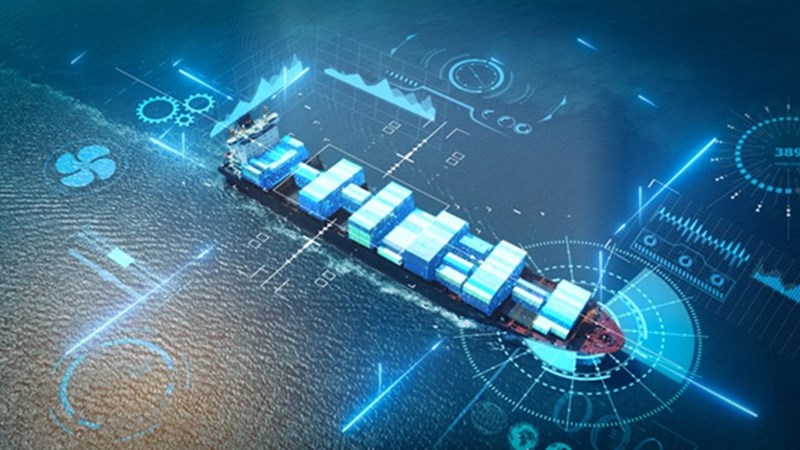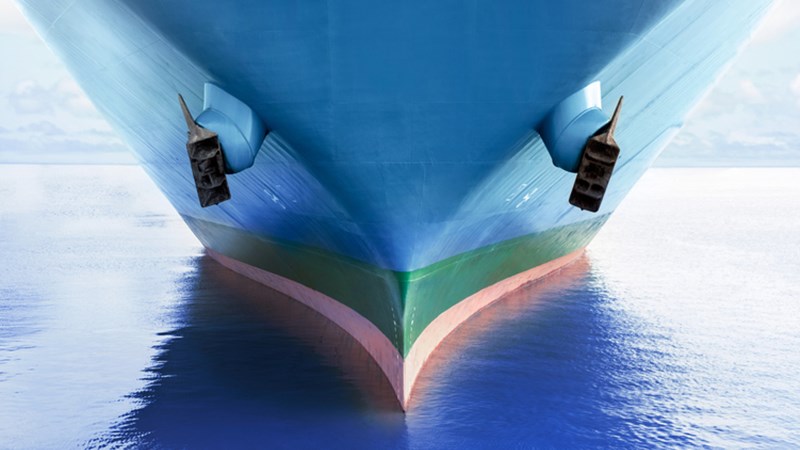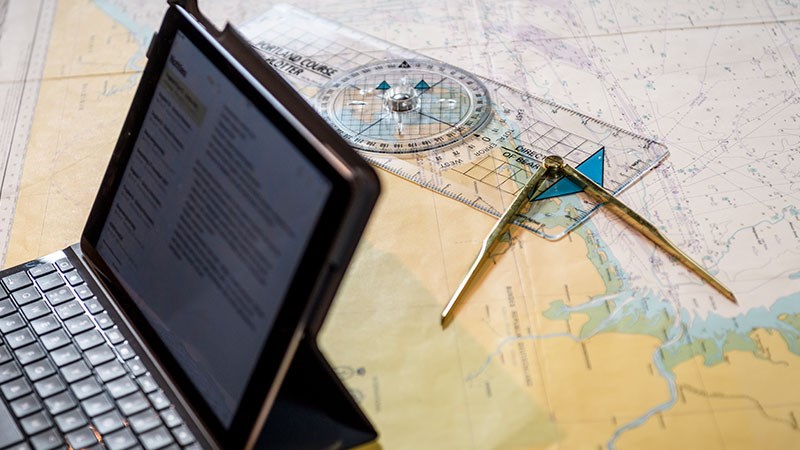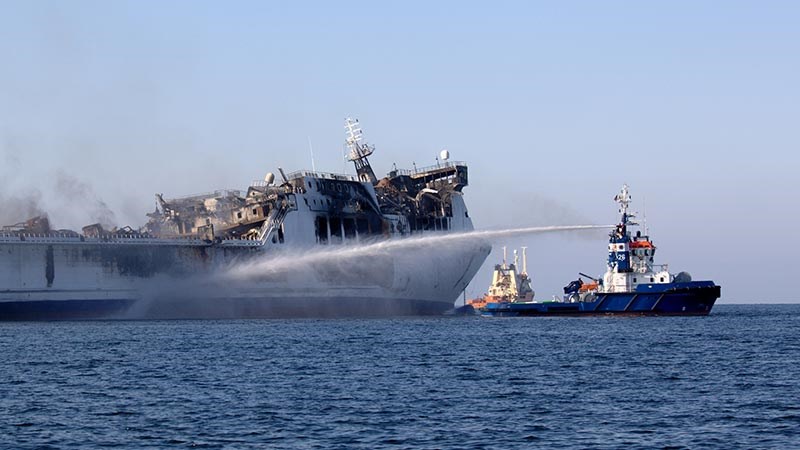Salvage
Salvage occurs in the event that a vessel is in danger and requires assistance because it is unable to autonomously exit the dangerous situation. For instance a vessel that encounters engine problems on a busy water-way and becomes uncontrollable, or a vessel in a crowded harbour, that is blown out of its moorings and becomes adrift with the danger of collisions in said harbour.
Also, a fully loaded vessel that, in ebbing tide, strands on a breakwater just below the surface of the river, is in danger. After all, the vessel could break and it cannot free itself in time. Assisting such imperilled vessels, successfully, results in entitlement to a salvage remuneration on the basis of the Salvage Convention (1989) (and the Dutch codification thereof in Book 8 of the Dutch Civil Code).
Whether the assistance was provided by a professional party or a passer-by is of no importance. Which party is obliged to pay the salvage remuneration is dependent on applicable law.
Before starting the salvage operations, the salvor may conclude an agreement with the owner of the imperilled vessel. The salvor may also opt to provide assistance without any prior agreement. In that event, the salvor is still entitled to a salvage remuneration.
Often, the criteria for determining the salvage remuneration are similar. The height of the remuneration rewarded depends on all circumstances of the matter and is determined in accordance with the criteria stipulated in the Salvage Convention and the Dutch Code of Transport. The degree of danger, the nature and duration of the provided assistance, the used materials and the value of the saved goods are of importance.
Determining a realistic salvage remuneration therefore requires a thorough examination of the facts of the matter at hand. Sometimes, for example, a salvage operation is alleged to haven taken over 24 hours, but if the imperilled vessel was only in danger for the first 10 minutes and the assistance provided after that was not much more than a simple tow, this decreases the salvage remuneration.
On the other hand, if the assistance is provided by a specially equipped salvor, instead of a coincidental passer-by, this increases the salvage remuneration. That is because the drafters of the Salvage Convention valued that salvors would be stimulated to obtain professional material and training in order to provide adequate assistance, if necessary.
A proper estimation of the height of the salvage remuneration does however not only require a clear examination of the facts, but also the capability to interpret the same. This entails that it is essential to have knowledge about the nautical conditions in certain situations. The specialists at Van Traa have the nautical and legal knowledge to assess complicated salvage operations. They can also advise on the liability for and/or entitlement of the salvage remuneration and/or height thereof and – if need be – litigate.







